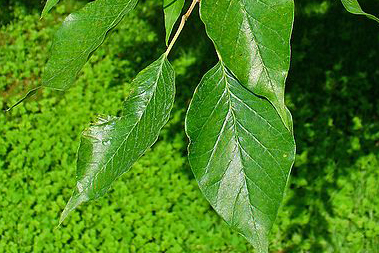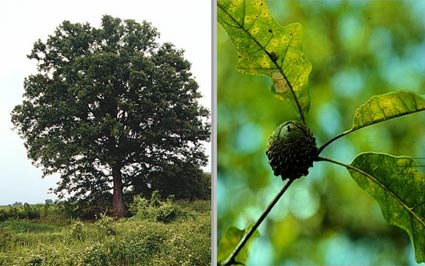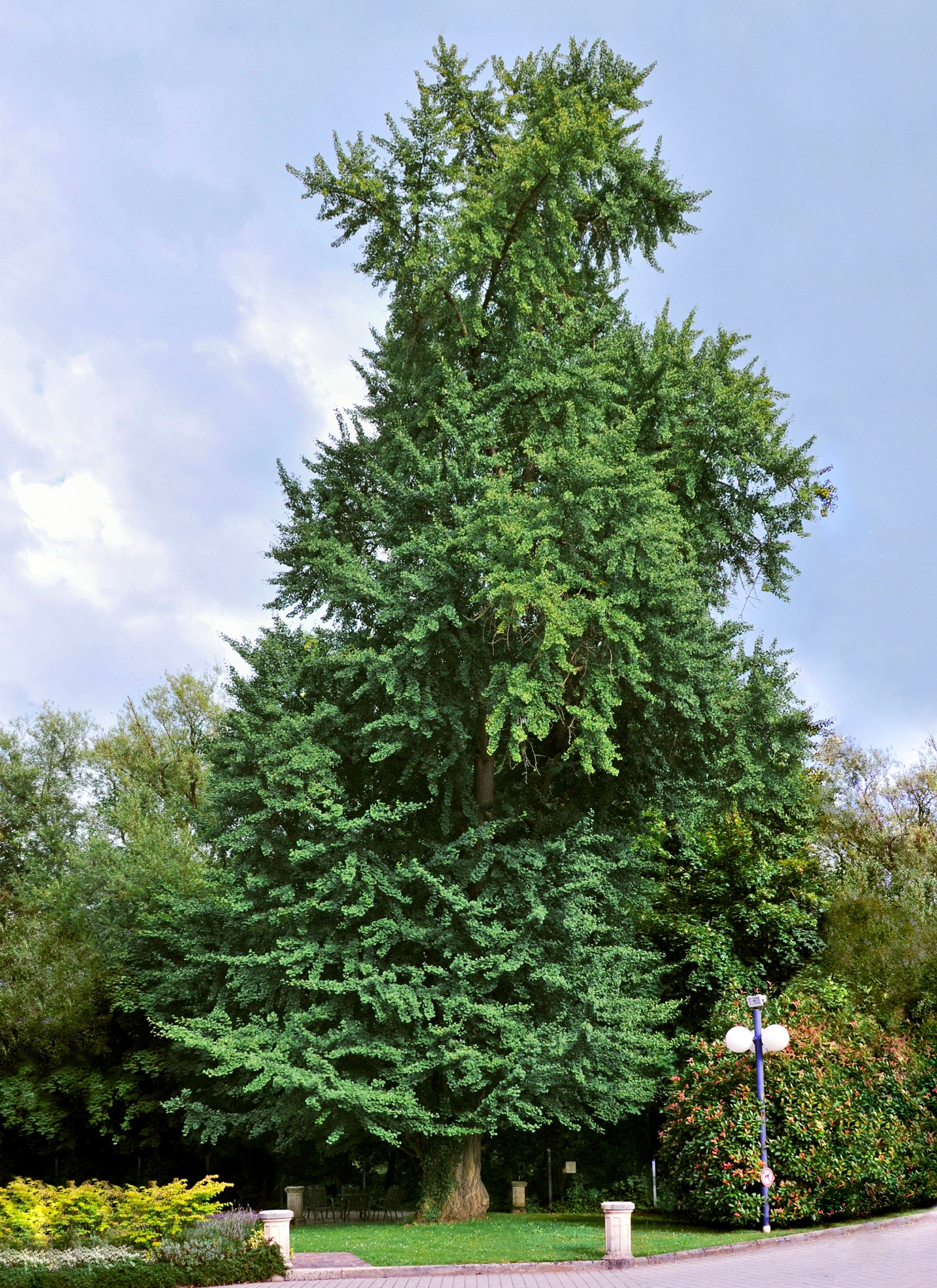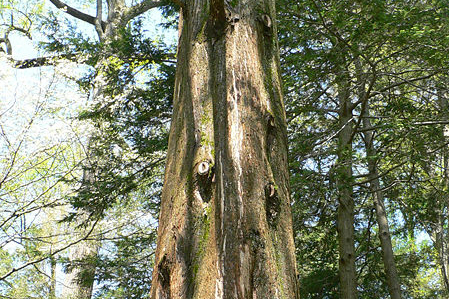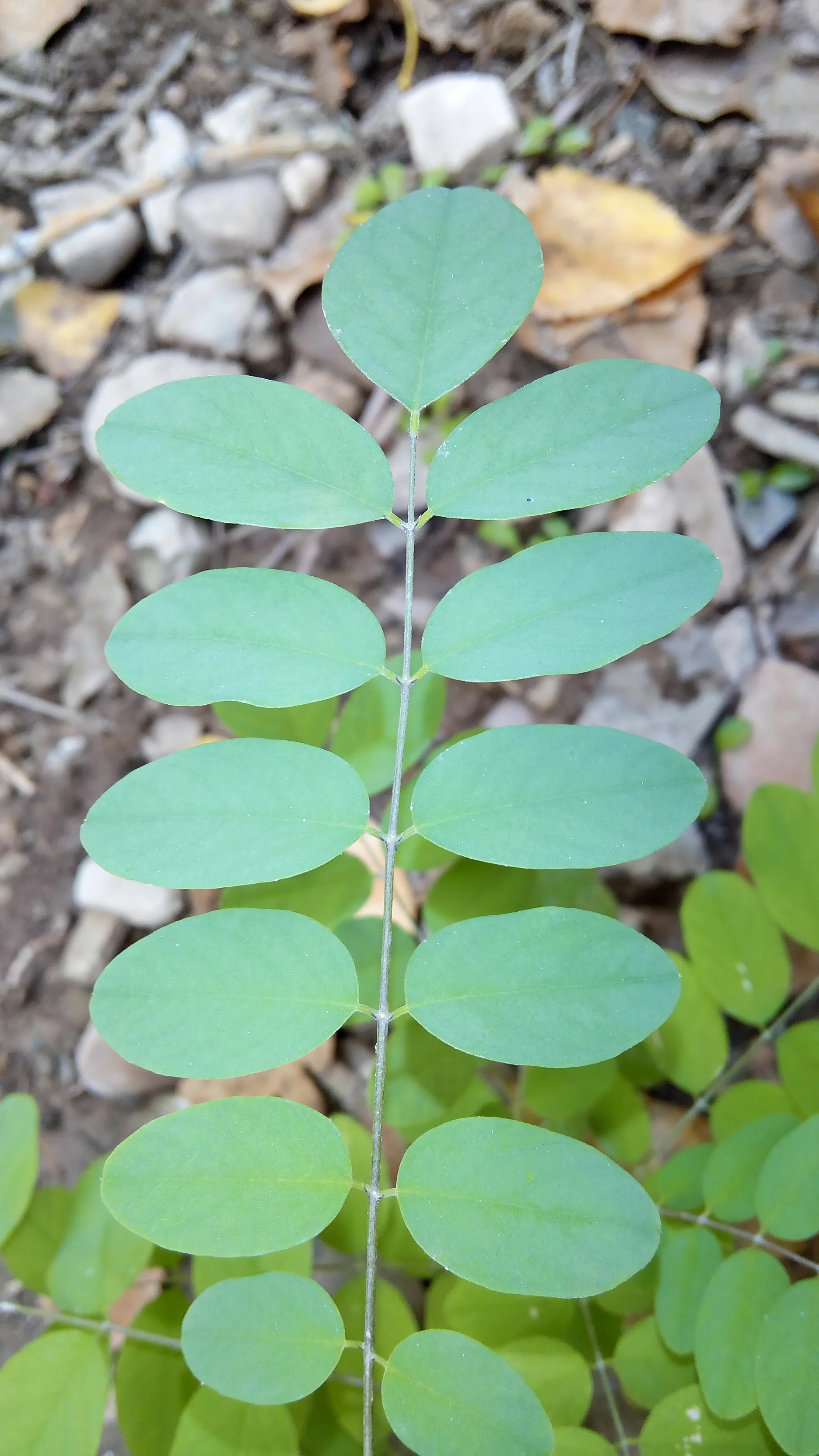I’ve recently responded to several clients who needed an ISA Certified Arborist to evaluate their trees for Imprelis damage. In cases like this, it is easy to walk up to a tree such as a White Pine or a spruce, see the familiar symptoms of Imprelis damage from a distance and make the conclusion that Imprelis was the culprit causing the dead, curled stems at the top of the canopy.
This is a prime example of having to set aside preconceived ideas about what may be wrong with a tree. First, the thought of Imprelis has been introduced by the client, which tells me that Imprelis has been in use at the property. Second, the tree in question is a tree known to be susceptible to Imprelis damage. Third, as I approach the tree the symptoms look like Imprelis. As an arborist, I have to slow down, set aside the preconceptions, and look closely at the tree, as White Pine Weevil (WPW) is another common problem to pines and spruces that causes symptoms somewhat similar to those caused by Imprelis.
During the past two weeks, I have had the above scenario play out in 3-4 instances, enough times that I thought it worthwhile to write about. Though the symptoms and the host trees are similar, there are some differences worth pointing out:
With Imprelis damage, the affected tips are usually spread throughout the canopy. With WPW usually only one stem (sometimes more) will be affected, and this will almost always be the top stem in the tree. However, I have seen trees lightly damaged by Imprelis that showed symptoms on only one or two stems, and those were in the top of the tree as well.
Imprelis typically causes unnatural swelling of buds and stems. Not so with WPW.
WPW can cause a distinctive sap flow which can be seen from the ground if present.
If the culprit is WPW, careful inspection will reveal exit holes coming from the damaged stem of the tree. If it is possible to prune the dead tip out to make a close inspection, signs of WPW will be unmistakable if that is the culprit.
I have seen one spruce with light Imprelis damage that also had WPW. This needed to be taken into account so both problems could be addressed in the diagnosis.
Moral of the story? Approach every tree, every client, every person, with a blank slate. It is easy to look at trees and people with preconceived notions getting in the way of an accurate and fair appraisal, and people, like trees, do not respond well to incorrect treatment.
Your friendly neighborhood arborist,
José F.




